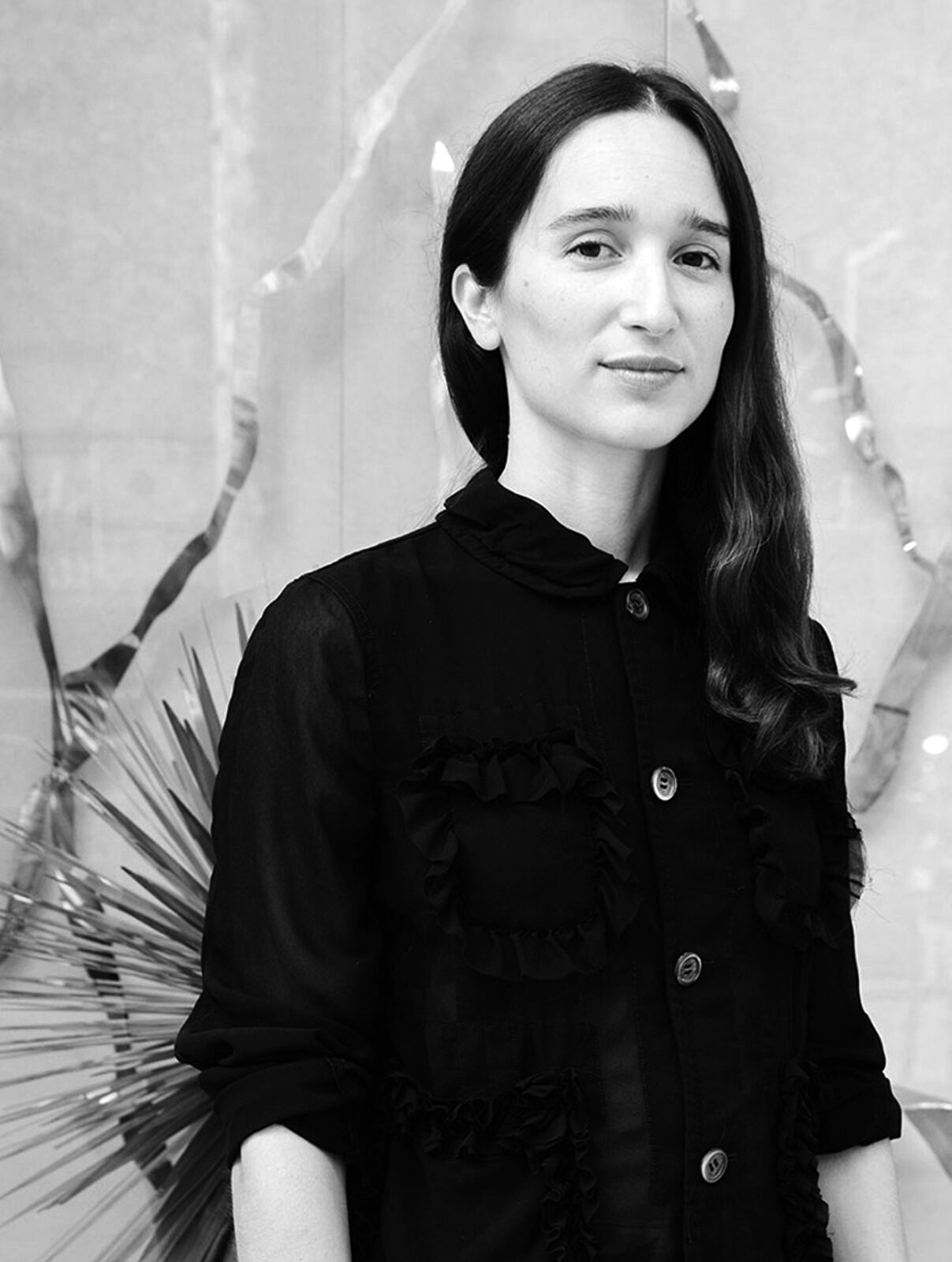
LUNA PAIVA FR AR|ES
Luna Paiva gilds objects that were not born to be art, but had a previous life of their own. Mounted rocks, succulent plants and cacti, they are species of a wild realm that seem habitual: inhabitants of Creation, like us. Her objects speak of a life that pre-existed the human eye. Her gilded still lifes play with the sacred layers of fetish present in contemporary art but also spanning from an ancient tradition, where casting gold embodied a sacred anima. Ready-mades of nature gilded for profane adoration.
Luna Paiva was born in Paris in 1980. She has a degree in Art History and Archeology from La Sorbonne and studied film at NYU. Her artistic mediums are sculpture, installation and photography, and her work has been shown in exhibitions in Latin America, Europe and the United States.
She was the set designer for the opera Hercules en Mato Grosso, CETC/Teatro Colón, Buenos Aires 2014 and Hercules in Mato Grosso, Dixon Place New York 2015 selected and co-produced by Americas Society, New York. She created installations for Hermès: Artist’s Windows in Buenos Aires 2014 and in Barcelona 2016. She also collaborated with Ferragamo in 2019 with Paul Andrew and Cartier in 2020.
As a photographer she worked for editorial media such as Vogue Italia, L’officiel Art, Barzón, The Skirt Chronicles and Apartamento. Awarded with the second prize at Maurizio Cattelan’s collaborative installation, Eternity 2018, Art Basel cities curated by Cecilia Alemani, Itaú Art Prize in 2013 and Buenos Aires Photo Petrobras Art Prize in 2011. She’s part of the Museum of Modern Art Buenos Aires’ permanent collection.
Unión Posible (possible union)
Beyond the bounds of a rational process, stones are piled – one atop the other – and the totem rises, an artificial passage towards ancestral beliefs, weight and mass left to weather the elements and our gaze. Time echoes from these shapes, calls out to us.
Trying to reach the unknown by relying on form, signs and symbols to create a message that can only be discovered by someone else, a passerby, the viewer in their more fragile living totem of the body and (the final stone) the mind. Like the monolith in the film 2001 Space Odyssey, the meaning of ancient totems is mysterious and yet we feel their power. They speak to us and command our attention. Using the language of nature to communicate, stone cairns or passage graves outlast their makers, marking the landscape with a visual story.